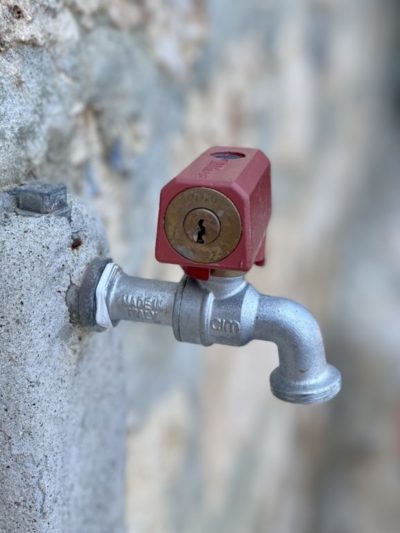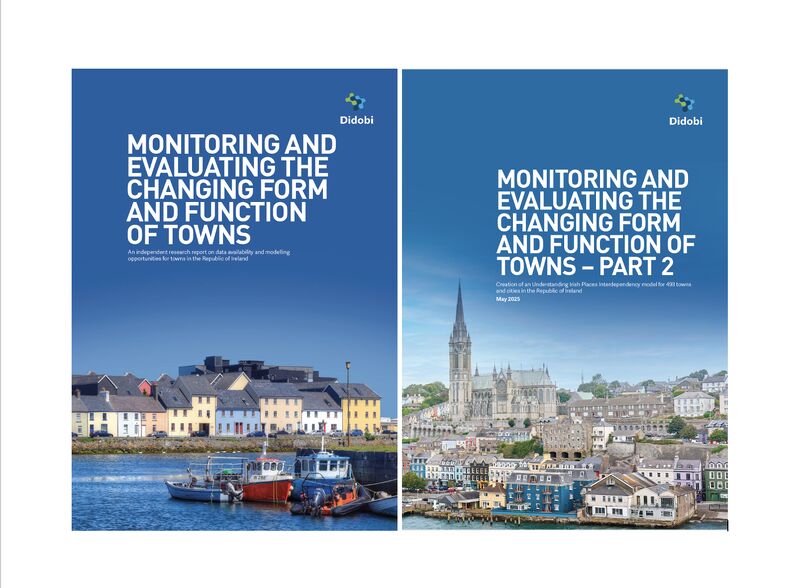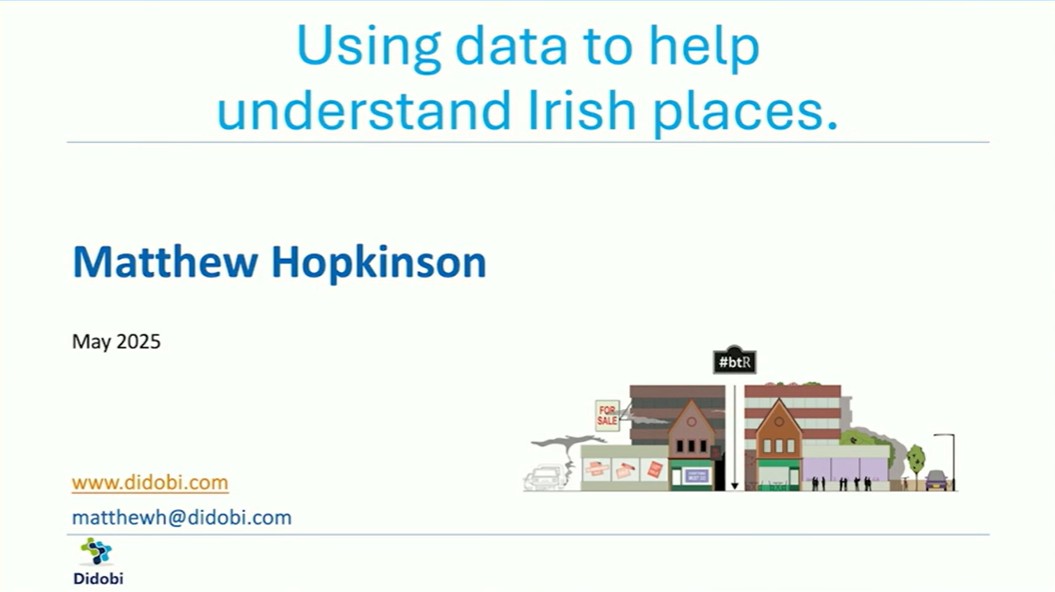
Water – more valuable than gold?
Blog written by Matthew Hopkinson:
I was recently abroad and came across this tap. Whilst it is a tap, the significance is the key hole. The water is only available to the key holder.
In the UK we perhaps take clean and abundant water for granted. Perhaps less so over the last couple of months as hosepipe bans come into force but still we have clean water in our taps and always have affordable access to water.
This is not the case for many and it might not be the case for UK residents in the future or if it is it will come at a significantly higher cost.
In 220 years the world’s population has increased from 1 billion to 7.9 billion in 2020 and has an annual growth rate of 1.1% and is forecast to be 9.8 billion in 2050.
Is the volume of rainfall and water increasing to match the growth in population – human, crops and animals?
The US Department of Agriculture says no!
“Dry periods between rainstorms have become longer and more erratic across the West during the past 50 years. Total yearly rainfall has decreased by about four inches over the last five decades, with rain falling in fewer and sometimes larger storms, along with longer dry intervals between. The longest dry period in each year increased from 20 to 32 days.”
A BBC article recently reported that water use is growing at twice the rate of the population.
Extremes between floods and droughts are more common – just ask the people of Sheffield, Boscastle, Shrewsbury, Worcester and Gloucester to name but a very few.
Water crises have been ranked in the top five of the World Economic Forum’s Global Risks by Impact list nearly every year since 2012. In 2017, severe droughts contributed to the worst humanitarian crisis since World War Two, when 20 million people across Africa and the Middle East were forced to leave their homes due to the accompanying food shortages and conflicts that erupted. According to predictions by the United Nations and the World Bank, drought could put up to 700 million people at risk of displacement by 2030.
The demand for water can often result in conflicts between communities and nations. Where you are located on the path of a river is a major issue as you have no control over pollution or water extraction (upriver) the lower down the water source you are. A water conflict map exists, https://lnkd.in/ekyXuAcX , and it lists 1298 water conflicts over time. The last four entries are:
– A water tanker is attacked by Al Shabaab militants in Somalia killing ten and injuring 15 (2022)
– Ukrainians flood land to slow Russian advance on Kyiv (2022)
– Airstrike hits water tanks in Saada, Yemen (2022)
– Russian troops destroy Ukrainian dam that blocked water to Crimea (2022)
Water is an increasingly scarce resource, increasing in value and significance. I have always looked at places through three lenses – economic, social and environmental. They all need to have the same importance in placemaking.






Leave a comment: